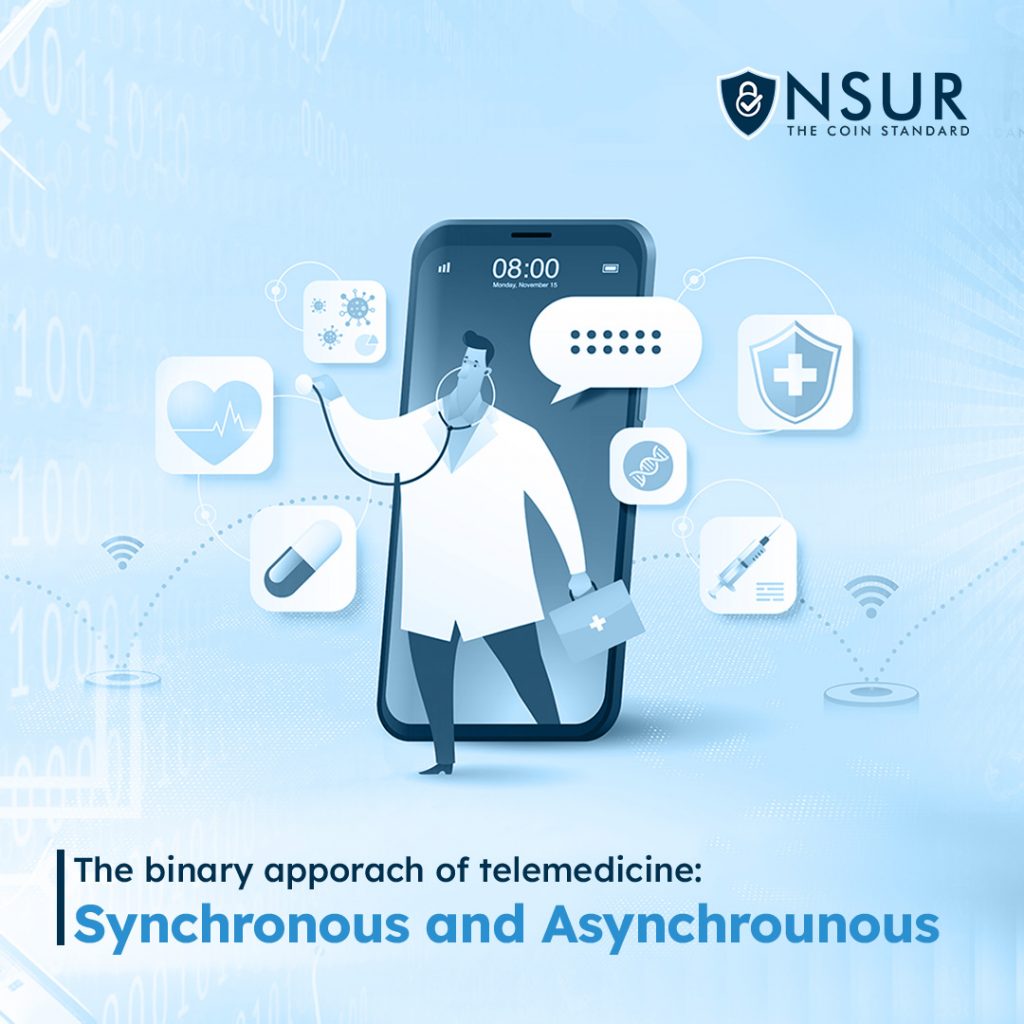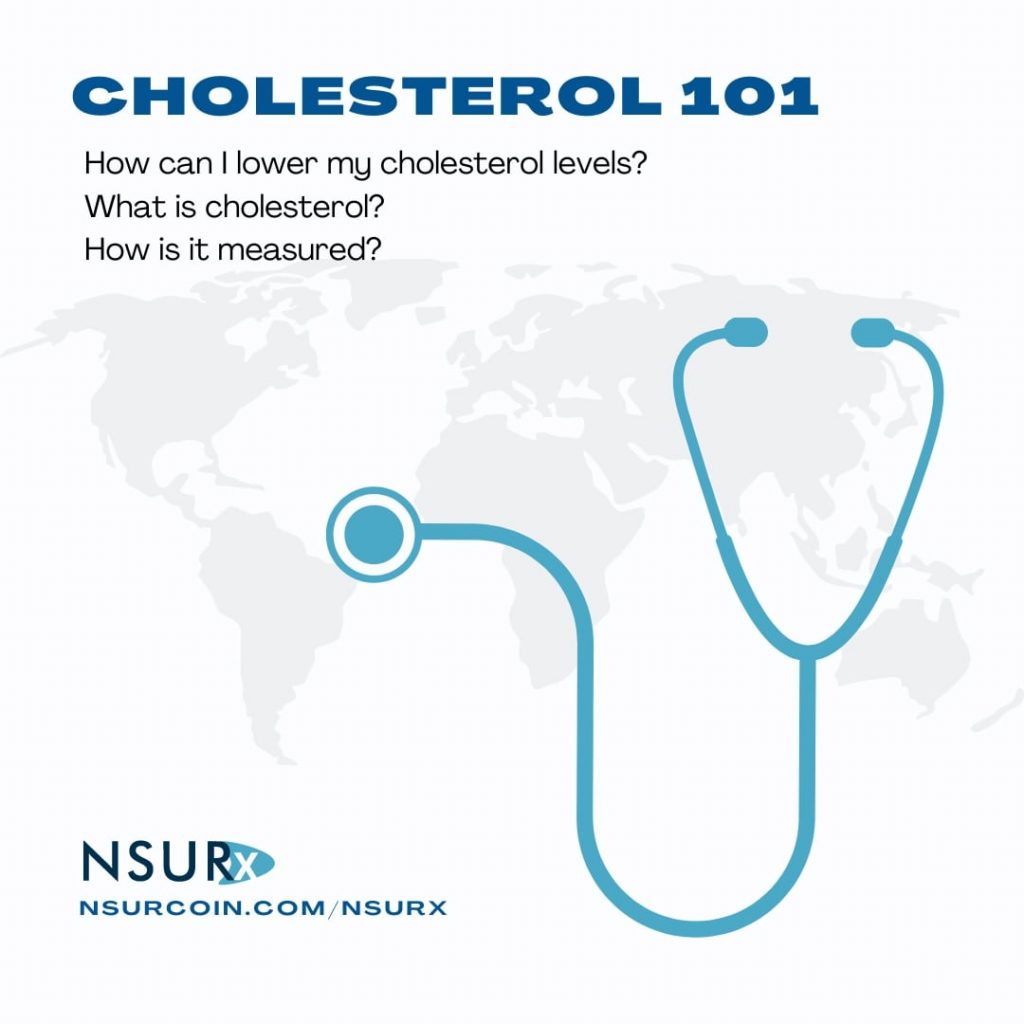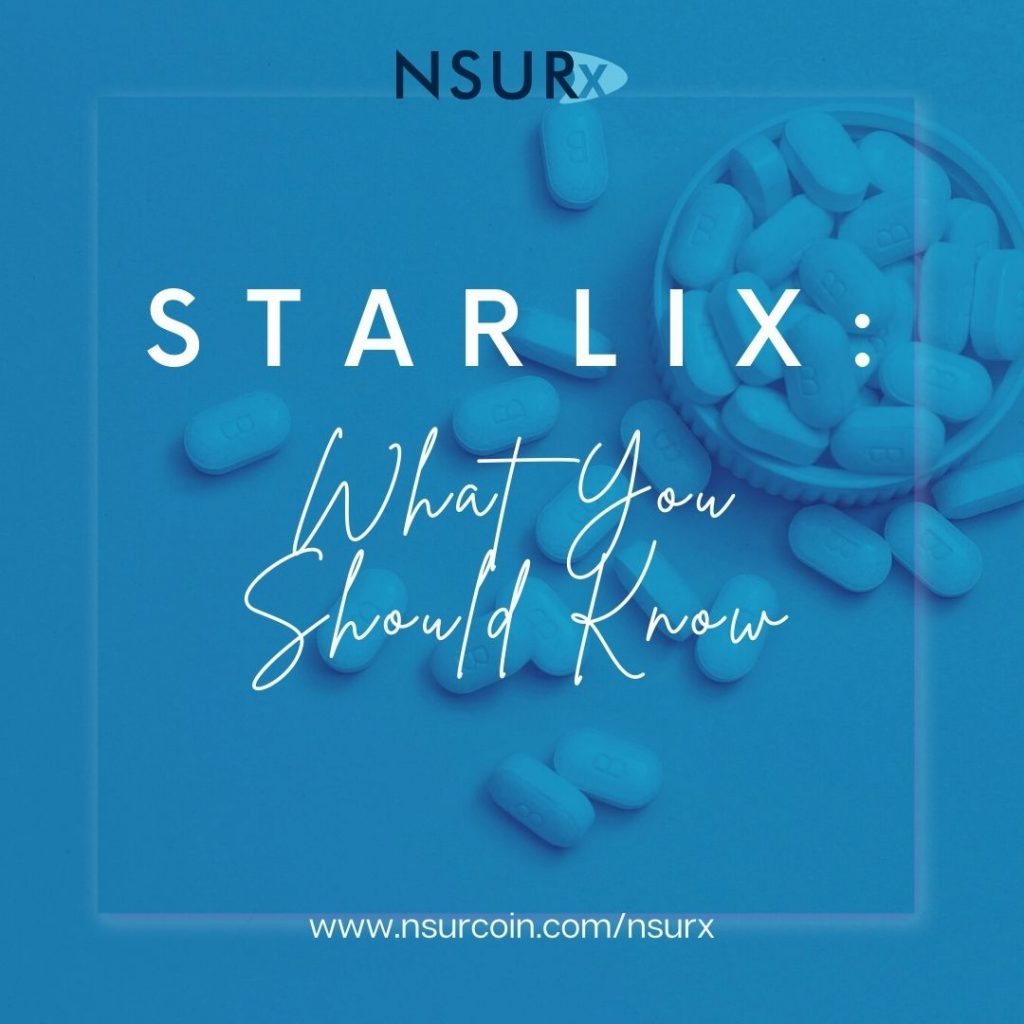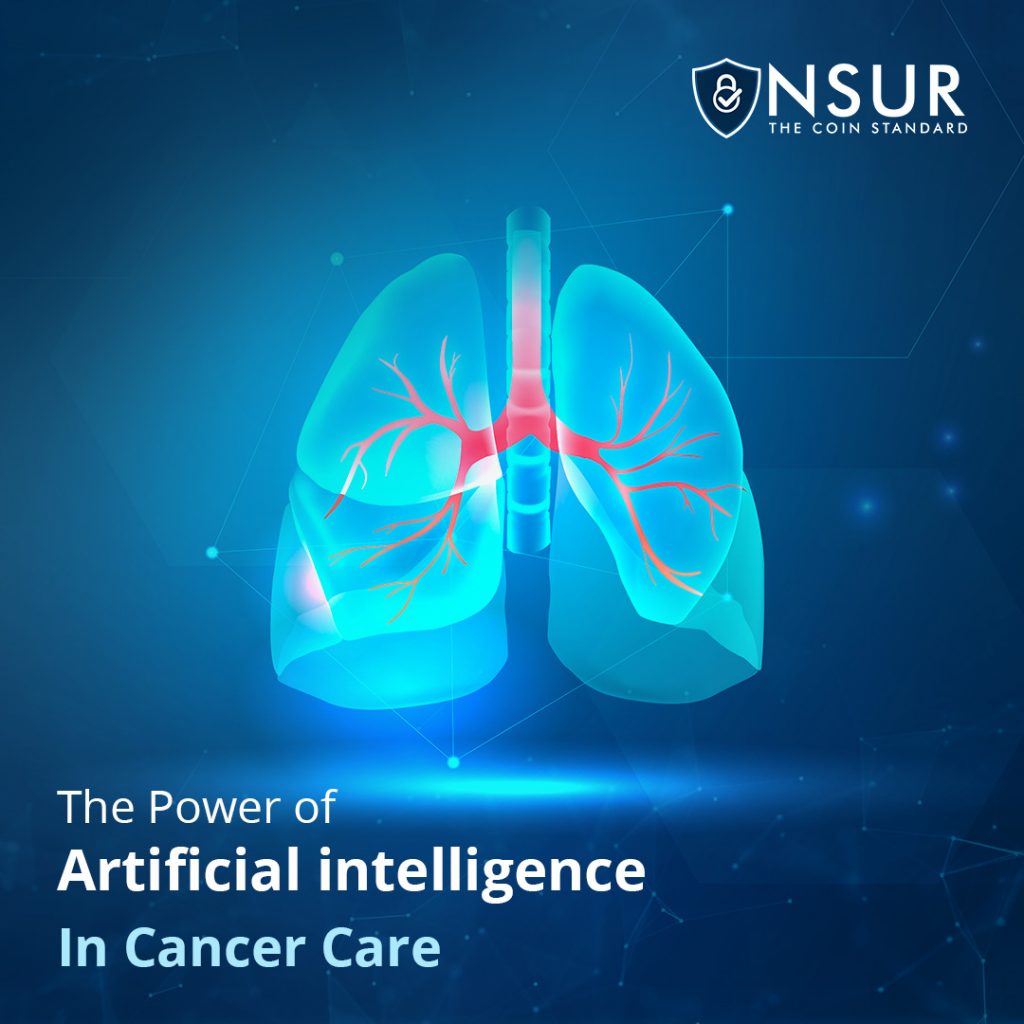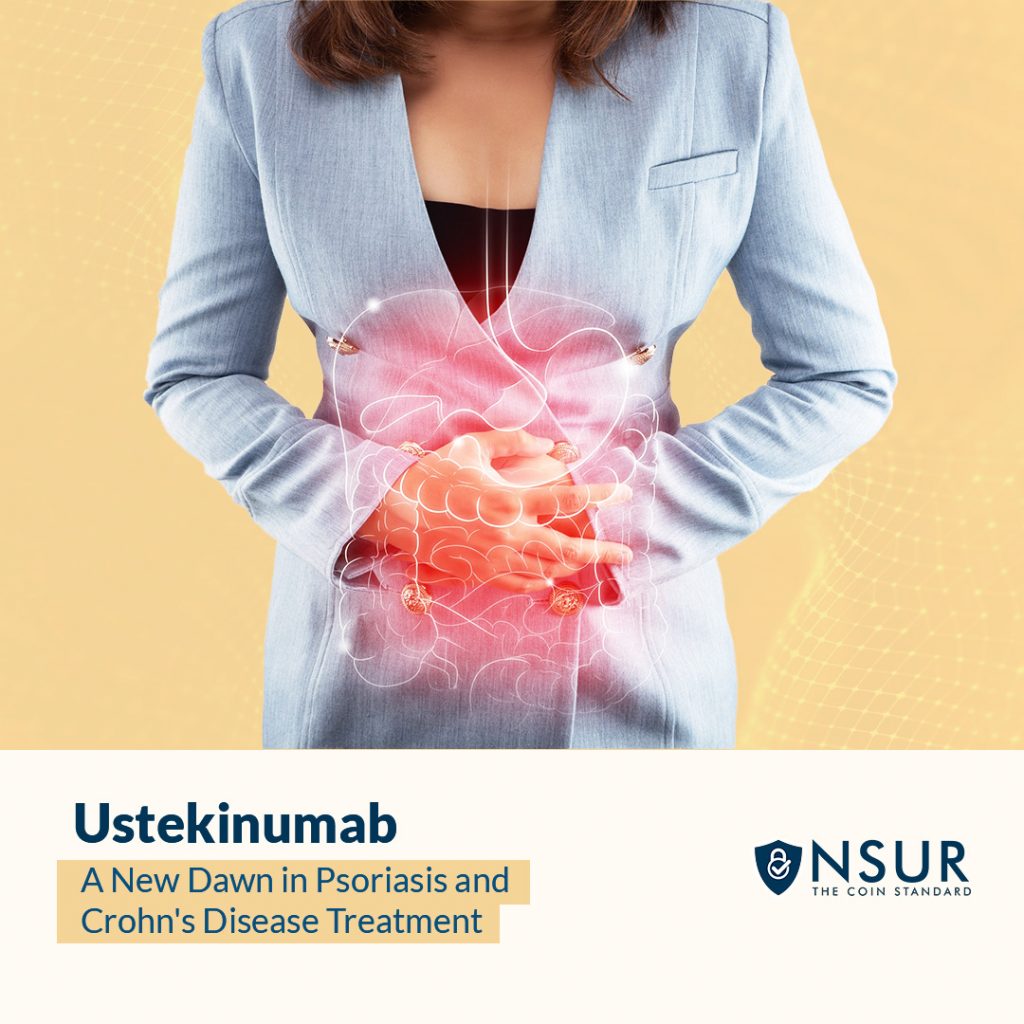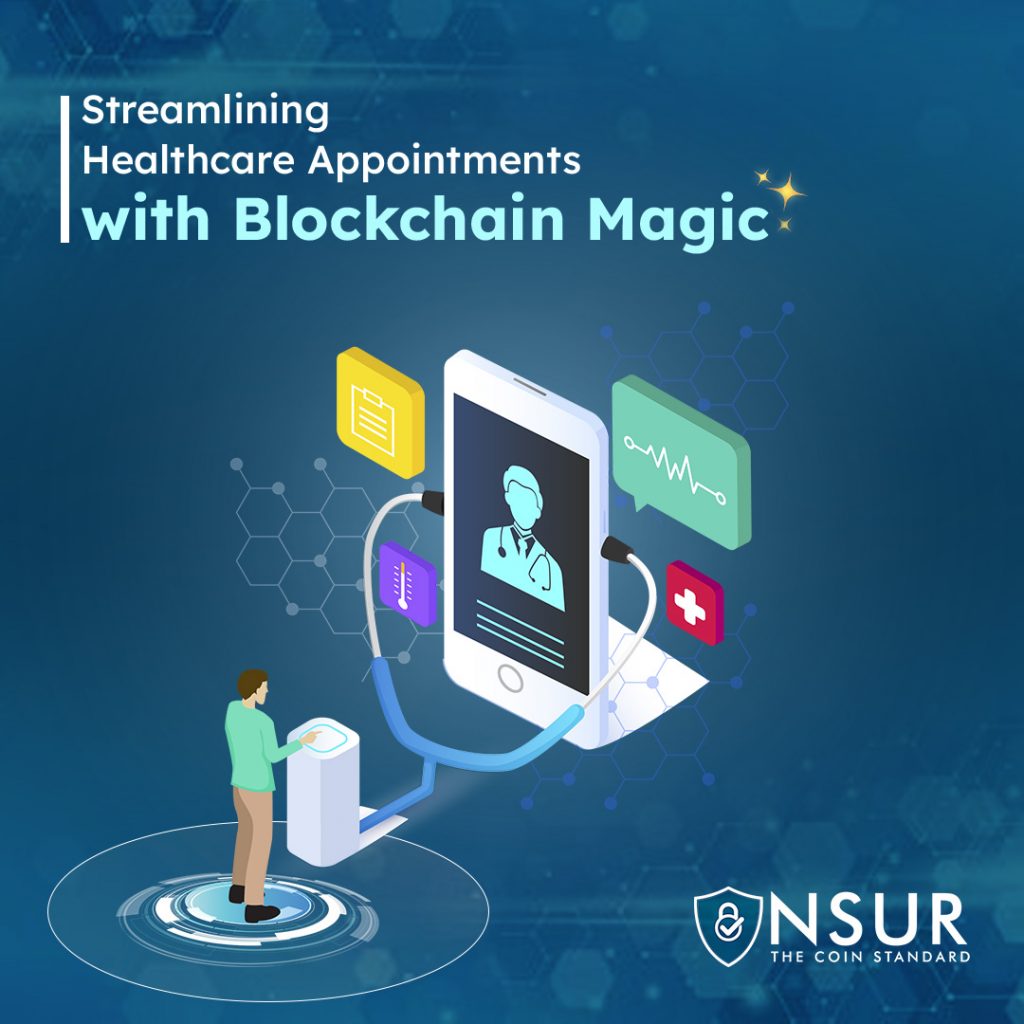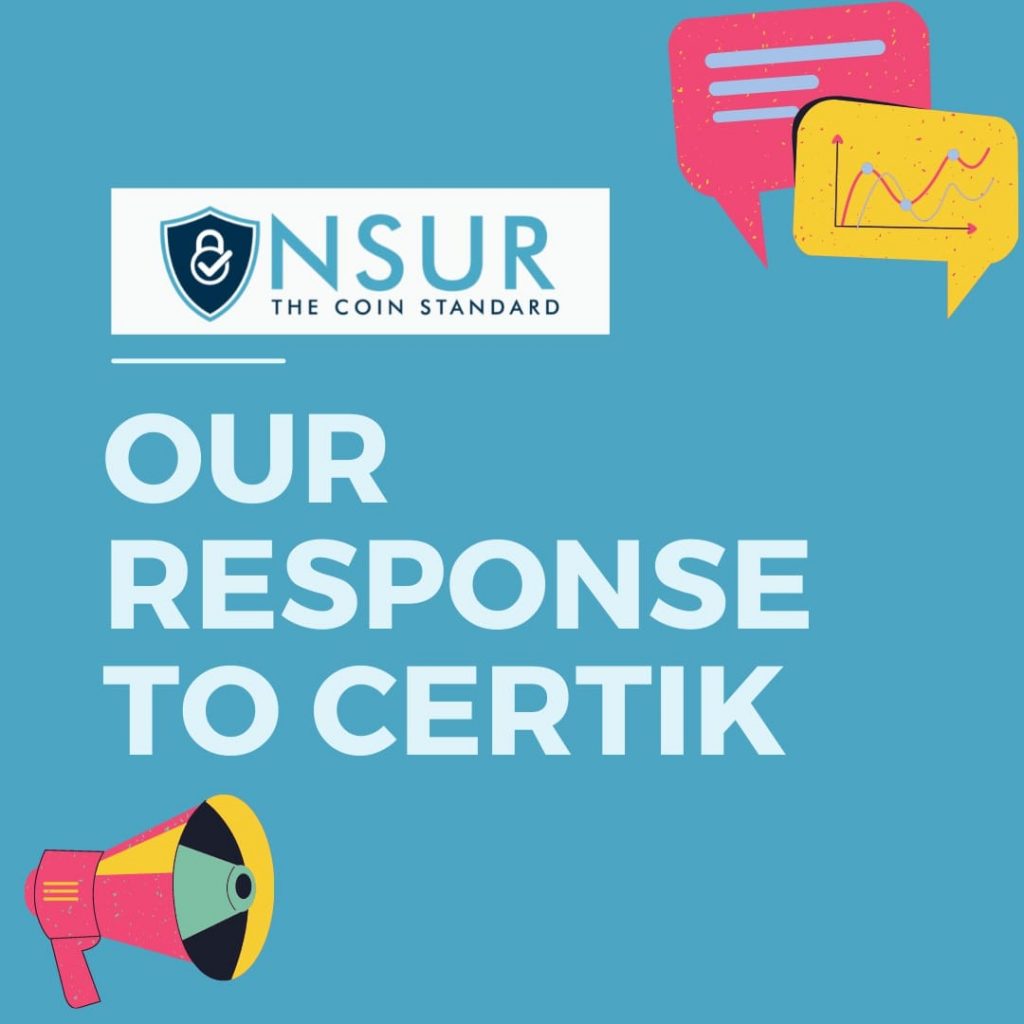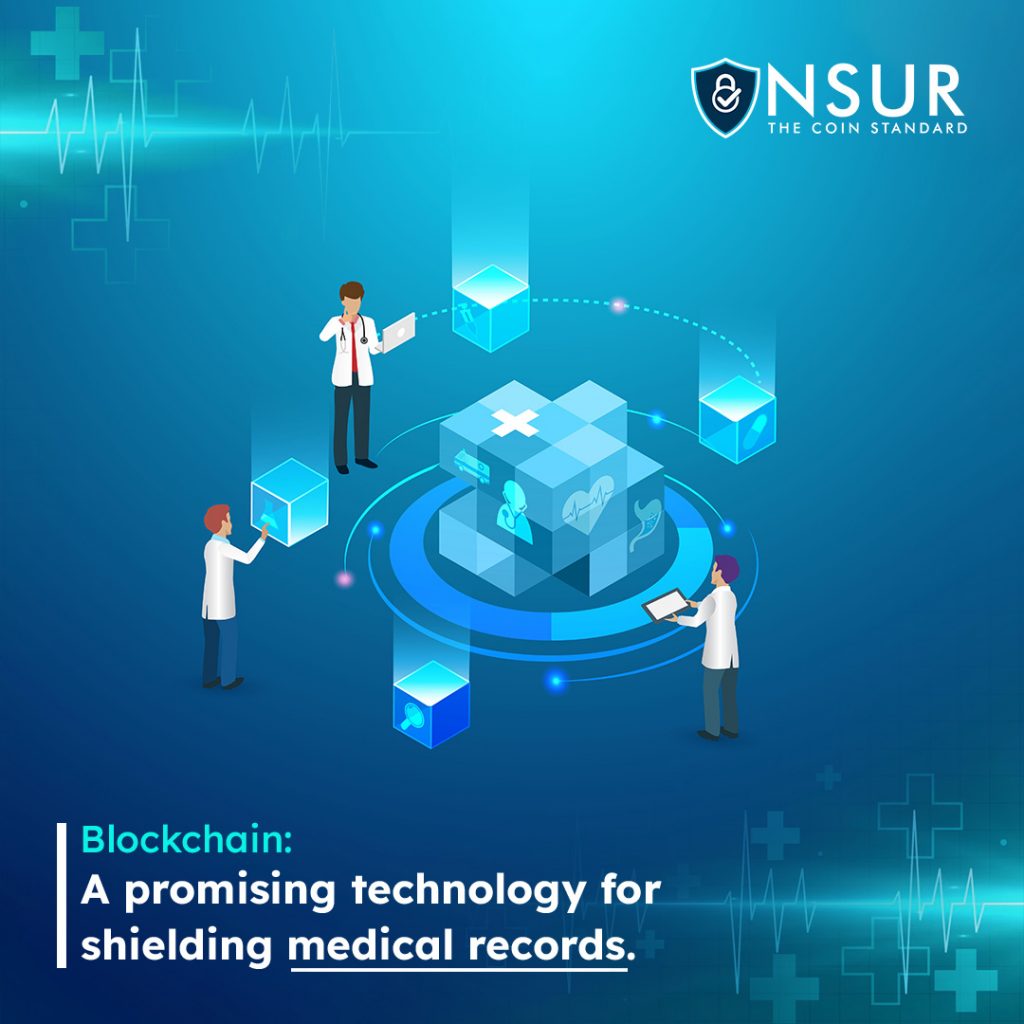
Blockchain technology is transforming the world and the medical industry. It is important to understand how data is handled and stored in today’s healthcare facilities. The medical industry has always been known to have some sensitive data that needs to be treated with utmost confidentiality.
With current technological resources, patients, caretakers, clinicians, other healthcare professionals and hospitals face information exchange limitations. There have been instances where a lack of adapted standards and coordination among patients and healthcare providers has contributed to administrative burdens, care delays, and missed opportunities to improve care. This is especially true when accessing healthcare information requires specific permission. In addition to reducing burden, improving efficiency, and improving care, e-health aims to automate processes to minimize additional and unnecessary work. Many of these issues can be solved by implementing blockchain technology.
What is Blockchain?
Blockchain technology enables decentralized data storage using distributed ledgers (DLT.) This technology has numerous advantages including the ability to scale and record transactions in a transparent and secure manner. Furthermore, because blockchain does not require any 3rd party trust to function and all records are available from the public record on the system.
How can blockchain aid in storing medical records?
Healthcare organizations can benefit from this technology by safeguarding information such as patient symptoms, location, historical health conditions, and other details that are relevant for research, treatment and many other purposes.
For example, when a new piece of health information is created or added for a patient a new block is created. The block is accessible to all peers in the network when peer approval is received the block will be incorporated into the chain. In this way the user can gain a thorough insight into the patients’ health history that is accurate, undeniable, and permanent in nature.
Advantages of Electronic Health Records (EHRs)
EHRs and other electronic data exchange platforms can help professionals provide better care to patients while also benefiting organizations. Healthcare providers use EHRs to improve patient care and provide better healthcare for patients by:
- Ensure that patient information is acquired accurately up-to-date and complete at the time of care.
- Making it easier for doctors’ to coordinate, deliver care on time and more efficiently by providing rapid access to patient records.
- Providing secure access to electronic health information to patients and healthcare professionals.
- By supporting providers in accurately diagnosing patients, reducing medical errors, and presenting patient safety.
- Assuring the safety and reliability of prescriptions.
- Provide legible, comprehensive documentation, and accurate billing that is streamlined and error-free.
- Upgrade the security and confidentiality of the patients’ data.
- Enhancing productivity and work- life balance among providers so they can increase efficiency and accomplish their business goals.
- Streamlining paperwork, improving safety, reducing duplicate tests, and improving health can all save money.
Some more benefits of electronic health records EHRS that transformed healthcare
- Optimize patient care by focusing on the patient-oriented wellbeing efficiency education communication and punctuality in service delivery.
- Promoting healthier lifestyles to the people by encouraging physical activity, consuming nutritional diet, avoiding behavioral risk, and using preventative care measures more often.
- Healthcare efficiencies and costs can be reduced through preventive medicine and better coordination of services along with the elimination of waste and unnecessary tests.
- Combining multiple sources of patient data will improve clinical decision making.
Here are a few real-world examples of blockchain in the healthcare industry where this technology has been used to store secure track and manage patients’ healthcare data. Companies like BurstIQ, Mecdicalchain, Guardtime, Iryo, EncrypGen, and many others are gaining popularity recently.
Conclusion
Blockchain technology is an innovative technology that can solve many security problems in the healthcare system. These systems can streamline data transfer and reduce costs by leveraging this technology. In the future patients will be able to exchange health information anonymously over a blockchain for a specific period of a time. The use of blockchains to record and implement permission-based patient data sharing is possible when they are designed properly. To put it simply, blockchain keeps information up to date and allows access based on need.
